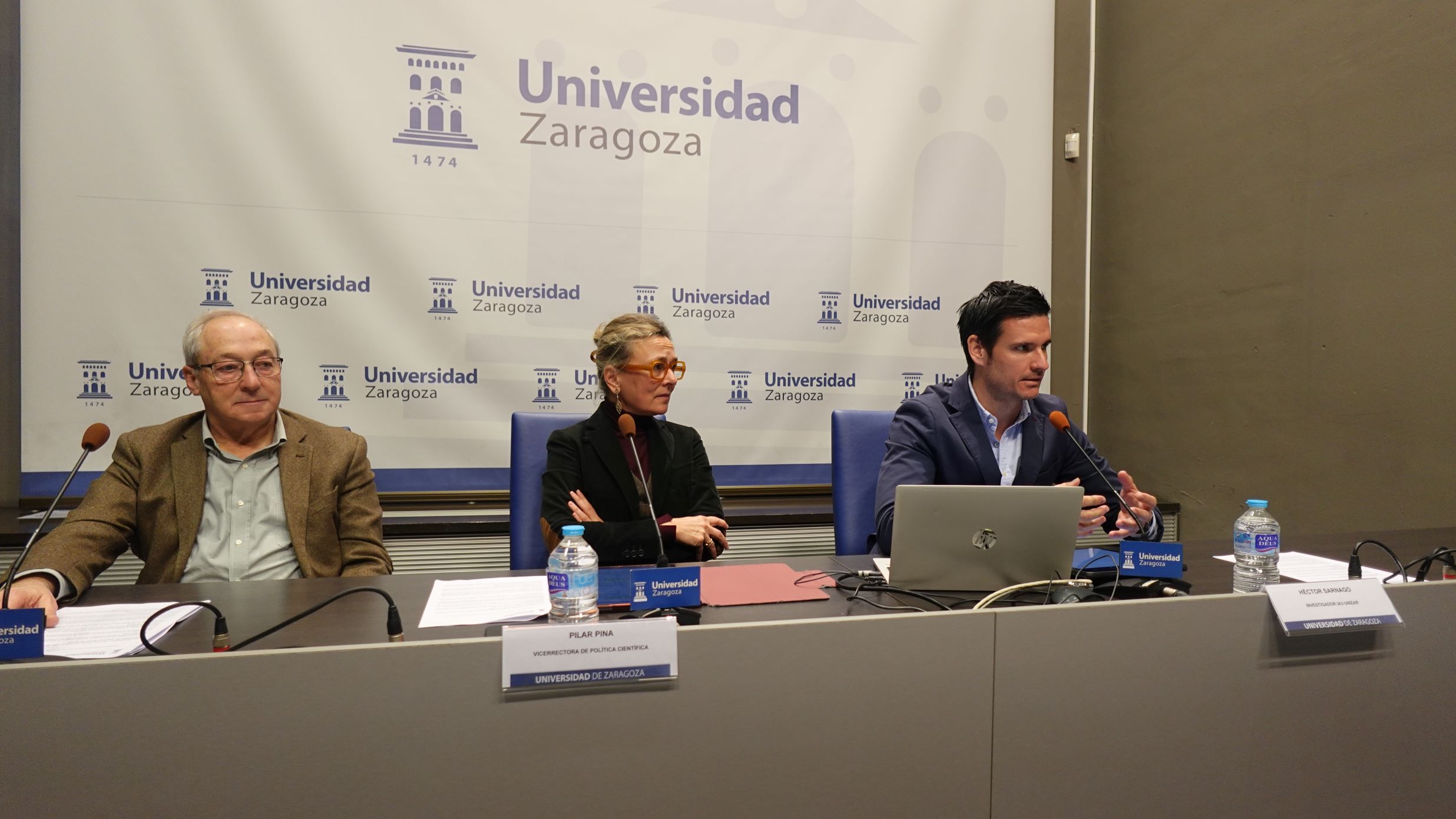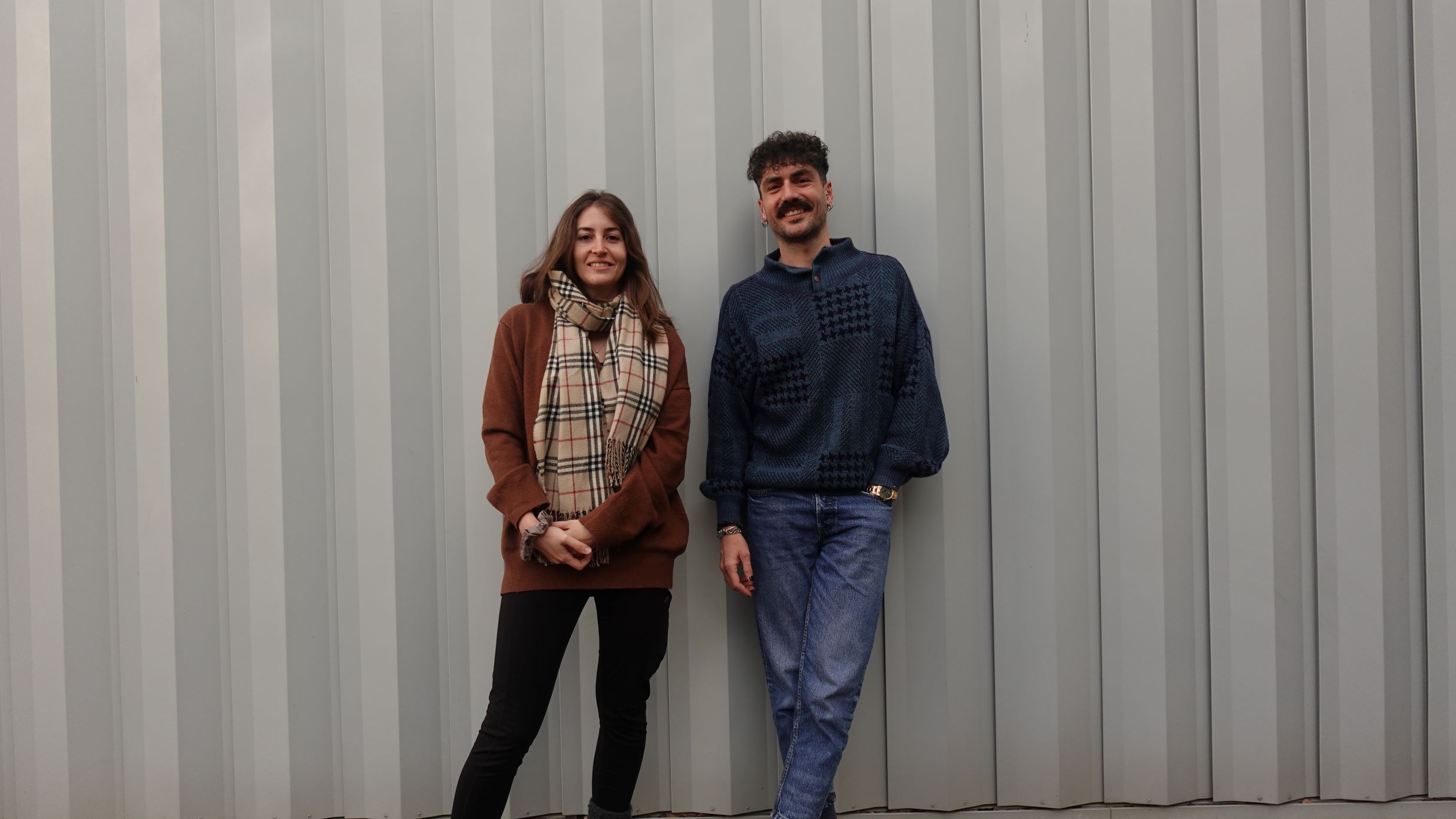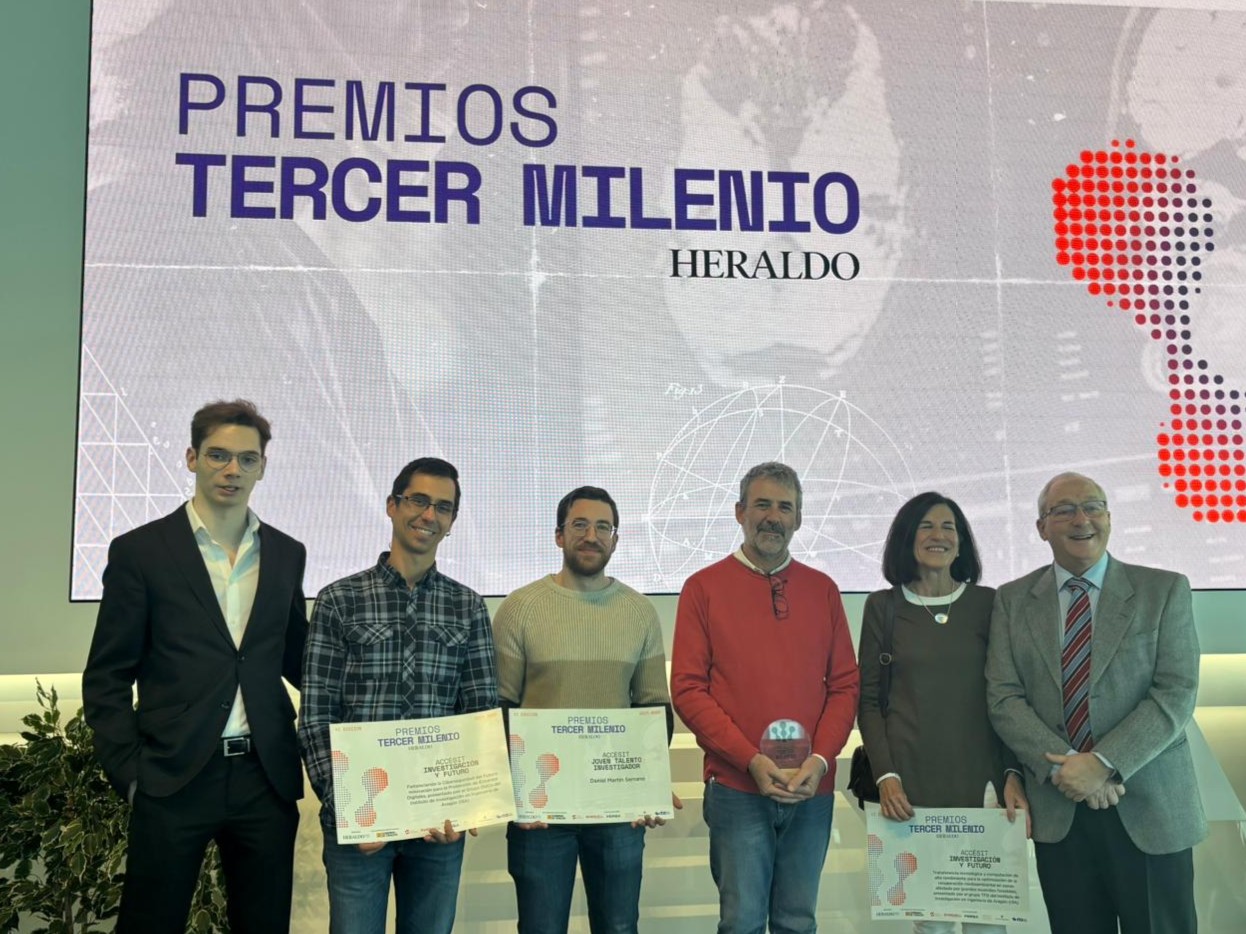
Five research projects have been selected in a new edition of the Impulso Programme of the Aragón Engineering Research Institute (I3A), which aims to promote joint work between research groups from the Institute's different divisions: Industrial Technologies, ICT, Biomedical Engineering, and Processes and Recycling.
The aim of this initiative is to promote, enhance and stimulate innovative and multidisciplinary actions among groups that have not collaborated before and do not have specific funds for this purpose, always under the criteria of quality, feasibility and novelty of the proposal. Each of the projects has received €10,000 in funding and is being developed under the coordination of researchers from the different selected groups:
Advanced Cooling of Computer Systems Using Emulsions of Phase Change Materials.
Coordinated by Mónica Delgado Gracia (GITSE) and Alejandro Valero Bresó (GAZ).
A project that analyses the importance of cooling systems both at the infrastructure level – Data Processing Centres or DPCs – and at the component level – high-powered processor chips – evaluating the pumping of PCM emulsions as an innovative solution.
Its objectives: to reduce the energy consumption associated with a data centre's air conditioning system, improving its PUE index and using waste heat to heat adjacent buildings. It also aims to reduce energy consumption and improve the performance of a high-performance digital processing chip, extending its useful life.
Indoor air quality in buildings, quantification of pollutants and relationship with air conditioning systems (IAQ-HVAC).
Coordinated by Silvia Guillén Lambea (GITSE) and María Abián Vicén (GPT).
Thermal Engineering, Chemical Engineering, and Environmental Technologies come together in this project.
The aim of his work is to increase knowledge about the generation of pollutants, their quantification, and their relationship with air conditioning systems and indoor air quality; to analyse the influence of active polarisation devices on the production of secondary pollutants; to help make data-based decisions regarding the chemicals used (air fresheners, cleaning products), materials (furniture and decoration) or equipment (air purifiers, ventilation equipment) that are installed; and to obtain results that can be communicated to the scientific community in publications or conferences and in popular articles, in order to protect the health of society inside buildings.
Thermo-fluid dynamic analysis using CFD of series methanation reactors for the optimisation of design and operation with industrial gases.
Coordinated by Salvador Izquierdo Estallo (TFD) and Mª Pilar Lisbona Martín (ECO2).
The project aims to analyse, using computational fluid dynamics (CFD) techniques, the process of carbon dioxide methanation from industrial sources using the Sabatier process in two tube reactors placed in series, incorporating the simulation of heat transfer to the cooling air and the environment in each case. Hot and cold spots in the reactors, key factors in heat removal and their mechanisms, as well as the influence of catalyst and inert size, bed porosity, thermal conductivity, coolant flow rate and cooling air flow will be investigated.
Virtual reality as a tool for modulating pathological tremor through visual perception (TREMOvR).
Coordinated by Alejandro Pascual Valdunciel (BSICoS) and Daniel Martín Serrano (GILAB).
A project to develop a virtual reality (VR) environment that allows the visual manifestation of tremor to be manipulated, enabling the influence of visual proprioception on the generation and amplification of pathological tremor to be studied. The possibility of using VR-based stimulation strategies as a tool to influence pathological tremor during the performance of activities of daily living will also be studied. TREMOvR aims to be transferred to real-world settings with patients with tremor, combining research and clinical validation, and potentially offering new alternatives for the study and treatment of this condition.
Advanced Microscopy by Optical Interferential Reflectometry (MARIO).
Coordinated by Pascual Sevillano Reyes (GTF) and Alejandra Consejo (TOL).
The objective of the MARIO project is to develop a proof of concept for a proprietary Optical Coherence Microscopy (OCM) system, aimed at its future transfer to biomedical and pharmaceutical environments, as well as biological research laboratories. The validation of this technology, which is not yet available on the market, will be a key milestone that will open the door to future technology transfer initiatives.
The knowledge of the Laser Optical Techniques Group (TOL) in ocular microstructure analysis, image processing, statistical signal analysis and OCT technology is shared; and the expertise of the Photonic Technologies Group (GTF) in the development of optoelectronic systems and equipment for the measurement and analysis of high-resolution optical spectra on chemical and biological samples, both lines with a marked application to the industry in our environment.
Photography: Ian Schneider (unsplash)




